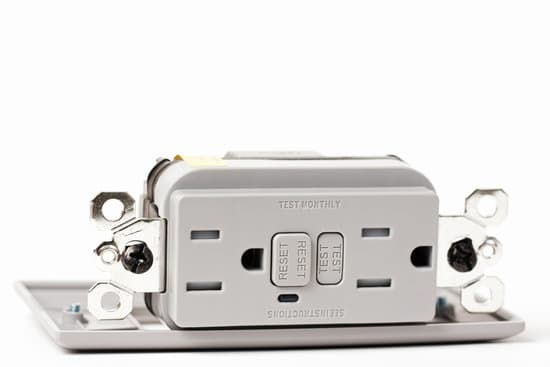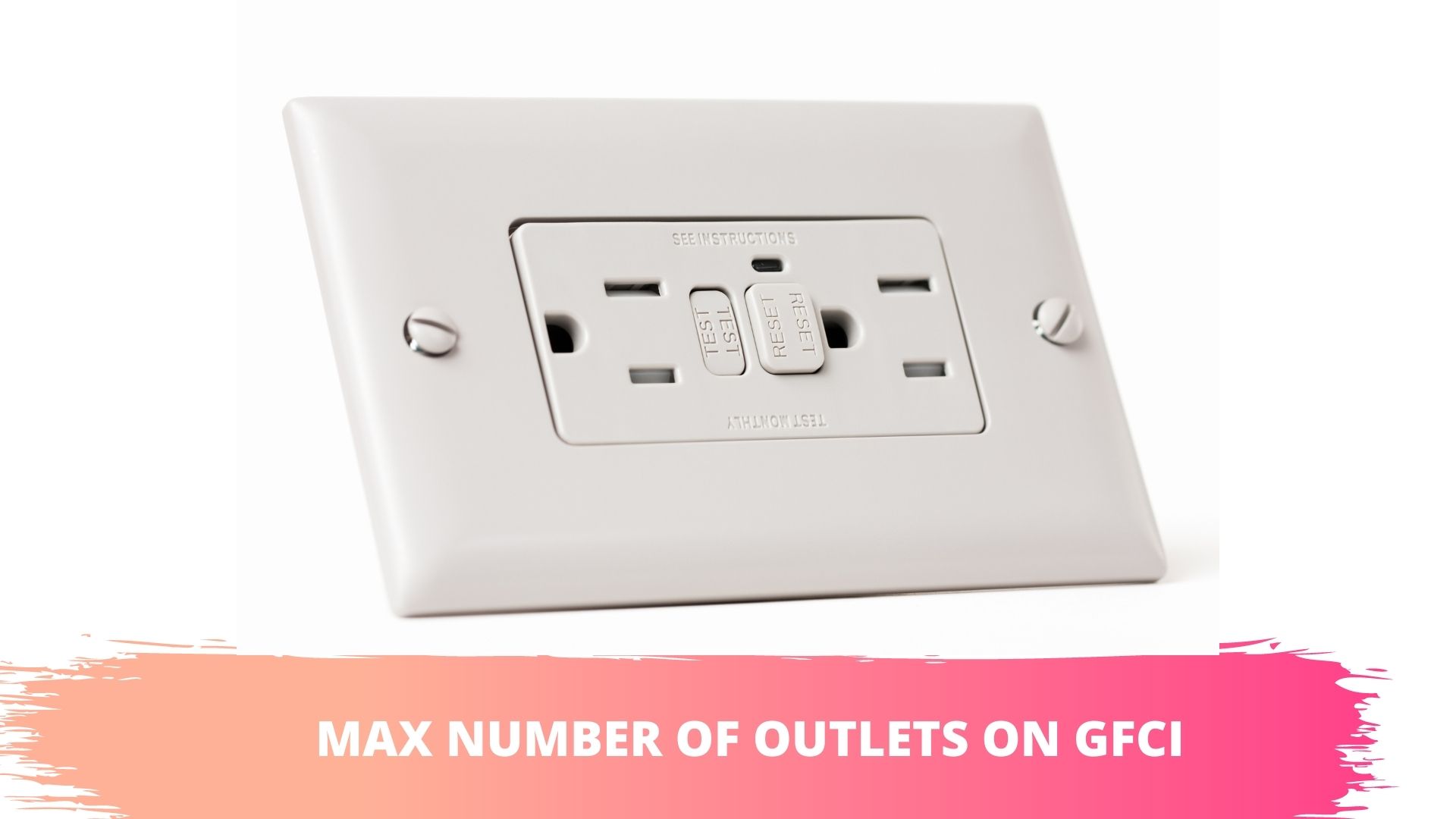GFCIs are supposed to protect people from electrocution by shutting the power off whenever they detect a ground fault. But can you rely on them to protect every single outlet on the circuit? How Many Outlet Can Be On A GFCI CIrcuit?
The NEC has left this decision in the hands of individual consumers. It doesn’t have an opinion on the appropriate number of outlets on GFCI. In other words, regardless of the number you select, you won’t be breaking the law, not unless your local code says otherwise.
Maximum Outlets On GFCI
A circuit should only carry 80% of the load for which the circuit breaker is rated. On a 20-amp circuit, you only have 16 amps to play with. If you follow the rule of thumb which normally assigns 1.5 amps to each receptacle, you have to conclude that an ordinary 20-amp circuit requires a maximum of 10 wall outlets.
You can check our calculation here in this chart!
| Circuit(volts) | 120 | 120 | 240 | 240 |
| Circuit(amps) | 15 | 20 | 15 | 20 |
| Total Outlets Allowed | 8 | 10 | 16 | 20 |
A visit to EC&M will show you that the NEC has a lot to say about GFCIs. It specifies the locations that require GFCIs such as kitchens and bathrooms. It also highlights the exceptions to the rule, situations where consumers are allowed to forego GFCI protection.
However, it doesn’t say anything about the maximum number of outlets on GFCI. In fact, it doesn’t provide any particular guidance where the number of outlets on GFCI is concerned.
In other words, you can, more or less, do what you want without breaking the law. However, that isn’t an excuse to go overboard.
Don’t forget that there is a limit to the number of outlets you can install on a circuit.
The NEC doesn’t provide any specific prescriptions with regards to the number of outlets you can install on a circuit.
Again, the NEC doesn’t have anything to say about this issue. But the average electrician will encourage you to restrict the outlets on your 20-amp circuit to 10. You can apply this same restriction to your GFCI protection. After all, GFCI receptacles are used to protect wall outlets. You can’t have more GFCI receptacles than wall outlets.
Related post:
Does One GFCI Outlet Protect Entire Circuit?

This is a good question because it will inform the amount of money you will spend on your home’s GFCI protection. There are two ways to configure GFCIs:
1). Single Location
When you acquire a GFCI receptacle, you have the option of installing it at a single outlet in a manner that only permits it to protect that outlet.
But if you do this, you have to repeat the process with every single wall outlet. This means buying enough GFCI receptacles to fit all the outlets in your home.
This is a problem because GFCIs are far more expensive than ordinary outlets. Additionally, with this configuration, any outlet that doesn’t have a GFCI receptacle is vulnerable. It doesn’t have GFCI protection, which means that it is an electrocution hazard.
2). Multiple-Location
To answer the question above, you can’t protect an entire circuit using a single-location configuration. But you can do so using a multiple-location setup.
You have to place the GFCI receptacle at the first outlet in the circuit. If you do so, the GFCI receptacle will protect every outlet downstream on the circuit.
This is the most popular configuration because it is cost-effective.
With the single-location setup, you need as many GFCI receptacles as the outlets in your home. With the multiple-location configuration, one outlet is enough to protect the entire circuit.
GFCI receptacles have line and load terminals. If you attach all the other outlets in the circuit to the load terminal of the GFCI receptacle, all those outlets will enjoy the same GFCI protection.
Some people prefer the single-location approach because a trip at one receptacle won’t affect all the outlets on your circuit. The multiple-location option has this vulnerability.
If the GFCI receptacle upstream trips, all the outlets downstream will lose power. But this is a small inconvenience, especially when you consider the costs associated with single-location configurations.
How Many Receptacles Can A GFCI Protect?
If you have a multiple-location configuration, the GFCI receptacle upstream will protect as many outlets as you have downstream. However, don’t add too many outlets downstream. A GFCI receptacle responds to leakages in the current. The conventional leakage of a single device is unlikely to trip the GFCI.
But if you have multiple devices downstream, the cumulative effect of their leaks could lead to nuisance tripping. This is an issue because you may spend hours plugging and unplugging appliances on your circuit in an effort to locate the device responsible for the tripping.
Of course, you won’t find it because the fault doesn’t lie with a single device. This doesn’t always happen. But it is a possibility.
Conclusion
You can install GFCIs in single-location or multiple-location configurations. Single-location setups are expensive because you have to buy a GFCI receptacle for every outlet in your home, and GFCI receptacles are expensive. Multiple-location setups are not only cost-effective but you can use them to protect your entire circuit with a single GFCI receptacle.
By installing the GFCI receptacle on the first outlet, you can apply GFCI protection to every wall outlet downstream, but only if the outlets downstream are connected to the load terminal of the GFCI.
However, even though the NEC doesn’t prescribe a maximum number of outlets that have to be installed, you should pay close attention to the number all the same.
If you have too many appliances attached to too many outlets downstream, their cumulative leakages may cause nuisance tripping in the GFCI receptacle.

